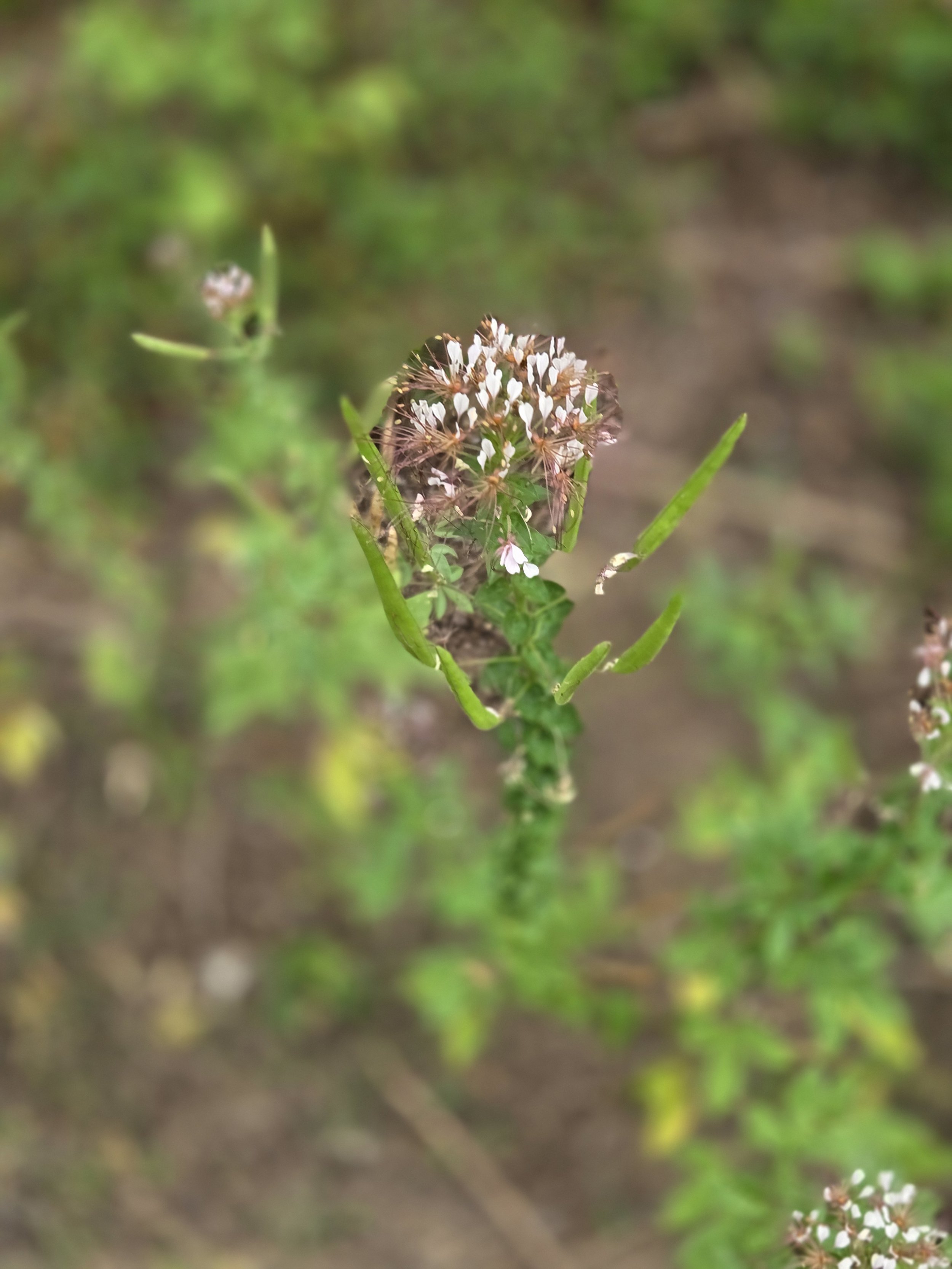White Snakeroot: A Bloom With a Warning
It was Gimli who noticed it first. His nose dipped low, tail flicking, and I followed his pause to a patch of white blooms rising from the leaf litter. Ageratina altissima, white snakeroot. A native perennial, quiet and unassuming, with clusters of fuzzy white flowers that catch the light like cotton tufts. The leaves—opposite, sharply serrated, and heart-shaped—form a ladder up smooth green stems that branch near the top. It’s a late bloomer, often overlooked until fall, when its panicles brighten shaded trails and woodland edges.
But this plant carries more than beauty.
Long before settlers arrived, Indigenous communities knew white snakeroot as medicine. Its roots were boiled into a decoction for snakebite, and some tribes used it to treat fevers, kidney ailments, and even revive the unconscious with its smoke. The name “snakeroot” isn’t poetic—it’s practical, passed down through generations of ecological wisdom.
Then came the settlers, unfamiliar with the plant and its power. In the early 1800s, livestock grazed freely in the woods, consuming snakeroot without consequence—until the milk turned deadly. The toxin tremetol, fat-soluble and persistent, passed from cow to calf, and from milk to human. The illness became known as milk sickness, and it swept through frontier communities with terrifying force.
In 1818, Nancy Hanks Lincoln, mother of Abraham Lincoln, died from it. She was just 34.
The mystery lingered for years, until a frontier physician named Dr. Anna Pierce Hobbs Bixby began to suspect a plant was to blame. She had lost family to the sickness and was determined to find its source. While tracking cattle near Rock Creek, Illinois, she met a Shawnee medicine woman—a healer hiding from forced relocation. The woman led Anna to a ridge and pointed to the white blooms. “This is the plant,” she said.
Anna tested it, confirmed its toxicity, and began teaching her community to avoid it. She planted a teaching garden and urged neighbors to wait until after frost to drink milk. Her discovery saved lives—but her name was nearly lost to history. It wasn’t until 1927 that the USDA confirmed her findings.
Today, white snakeroot still blooms in quiet corners of the Midwest and South. It feeds late-season pollinators—bees, moths, flies—when other flowers fade. It hosts larvae of the Clymene moth and Ruby Tiger moth, and spreads by rhizomes and wind-blown seeds. It’s aggressive in disturbed areas, but settles into balance in mature ecosystems.
It’s a plant of paradox: healer and killer, native and nuisance, forgotten and remembered.
And on a morning walk, it waited quietly—until Gimli sniffed, and I looked down.

